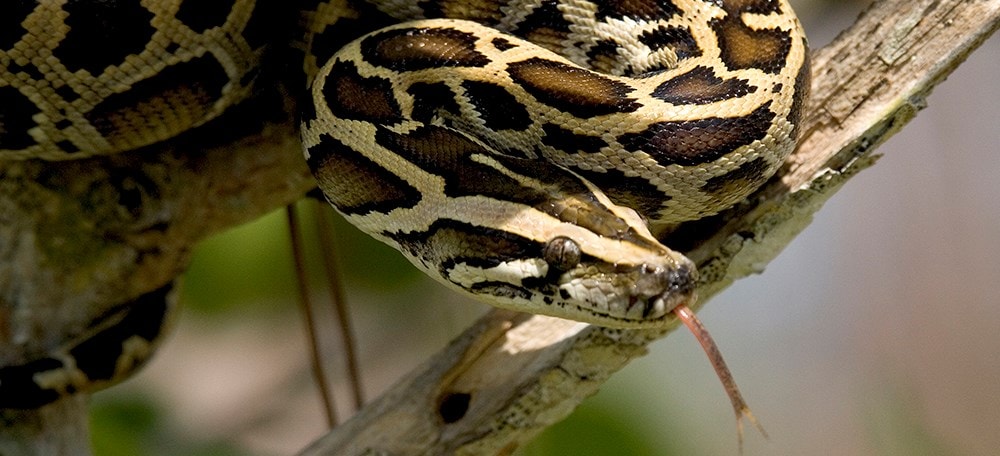
Two things Floridians know something about are heat, along with invasive animals and plants. A group of experts based out of the University of Florida are trying to address them both in a comprehensive manner, through the Southeast Regional Invasive Species and Climate Change Network.
“I’m one of the founding members, with Brett Scheffers from UF Wildlife (Ecology and Conservation Department) and Wesley Daniel from (the U.S. Geological Survey, USGS),” said Deah Lieurance, an Assistant Extension Specialist with the University of Florida Institute of Food and Agricultural Sciences (IFAS).
“We’re trying to address issues about the intersections of climate change and how climate science can influence invasive species management. We want to make sure the research is informing management, and … the managers are communicating their needs.”
She provided a presentation Wednesday to those involved with the Florida Cooperative Invasive Species Management Area (Florida CISMA).
For the network’s purposes, the Southeast goes as far north as Kentucky and Virginia and as far west as Arkansas and Louisiana, so common approaches would need local specialization as areas change in different ways and rates.
“In the region, we have all different kinds of environments, including our coastal plains, the Appalachian mountains,” Lieurance said.
“We have over 29,000 miles of coastline. We do know that climate change is increasing temperature across the Southeast. Since the ’70s, that temperature’s increased by about 2 degrees (Fahrenheit), and it’s projected to increase by 4 to 8 degrees by the end of this century. We also know — this is what this figure’s showing — there are more predicted days over 95 degrees and fewer predicted freezing events, so we have to think about stuff that’s down here (in Florida) is going to start moving out as the climate shifts.”
At the coast and in the estuaries, water will continue rising as well. On the other elemental side, wildfire dynamics are changing in frequency and intensity.
A February study, also from UF scientists investigating climate change and invasive species, took a look at how longleaf pines deal with drought, the invasive plant cogongrass, and a combination of the two. After six years of growth and change, researchers lit fires to see how the environments acted.
“Less water meant the trees didn’t grow as tall,” Professor Luke Flory said in a statement. “At the same time, the cogongrass, which is drought-tolerant, provided extra fuel to the fire, making it burn hotter and increasing the height of flames.”
The first risk group of this type began in the Northeast, and other groups of scientists and officials have, or are in the process of, organizing regional networks elsewhere in the country.



